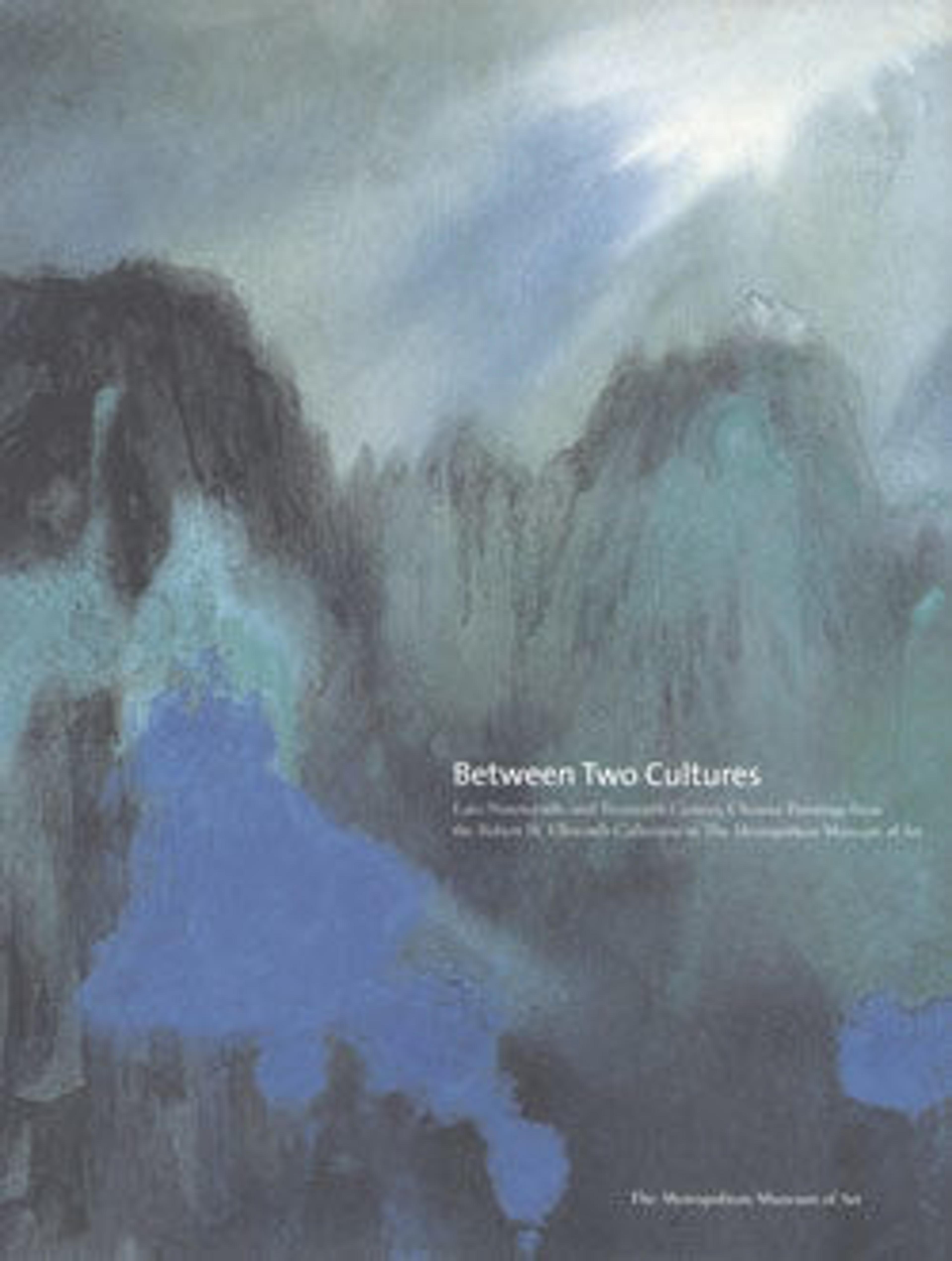Various Subjects
Pan Tianshou taught himself to paint using the Mustard Seed Garden Manual before receiving instruction in college from Li Shutong (Hongyi, 1880–1942), the pioneering teacher of Western-style painting. In 1925 Pan went to Shanghai, where he met Wu Changshi (1844–1927), who instructed him in seal- and clerical-script calligraphy. In 1928 Lin Fengmian (1900–1991) appointed Pan to the faculty of the newly founded Hangzhou Art Academy as professor of traditional painting. Pan remained at the academy for the rest of his life, serving as director from 1959 to 1971, when he was persecuted and died during the Cultural Revolution.
This handscroll exemplifies Pan's ability to create a formal language to express his emotions. Although his subject matter illustrates the traditional theme of the four seasons and his depictions recall the brush idioms of Ming and Qing scholar-artists, his exaggerated forms and angular calligraphy embody his fiercely independent spirit.
This handscroll exemplifies Pan's ability to create a formal language to express his emotions. Although his subject matter illustrates the traditional theme of the four seasons and his depictions recall the brush idioms of Ming and Qing scholar-artists, his exaggerated forms and angular calligraphy embody his fiercely independent spirit.
Artwork Details
- 近代 潘天壽 雜畫圖 手卷
- Title: Various Subjects
- Artist: Pan Tianshou (Chinese, 1897–1971)
- Date: dated 1959
- Culture: China
- Medium: Handscroll; ink on paper
- Dimensions: Image: 8 3/4 x 118 3/4 in. (22.2 x 301.6 cm)
Overall with mounting: 11 1/4 x 337 in. (28.6 x 856 cm) - Classification: Paintings
- Credit Line: Gift of Robert Hatfield Ellsworth, in memory of La Ferne Hatfield Ellsworth, 1986
- Object Number: 1986.267.315
- Curatorial Department: Asian Art
More Artwork
Research Resources
The Met provides unparalleled resources for research and welcomes an international community of students and scholars. The Met's Open Access API is where creators and researchers can connect to the The Met collection. Open Access data and public domain images are available for unrestricted commercial and noncommercial use without permission or fee.
To request images under copyright and other restrictions, please use this Image Request form.
Feedback
We continue to research and examine historical and cultural context for objects in The Met collection. If you have comments or questions about this object record, please contact us using the form below. The Museum looks forward to receiving your comments.
